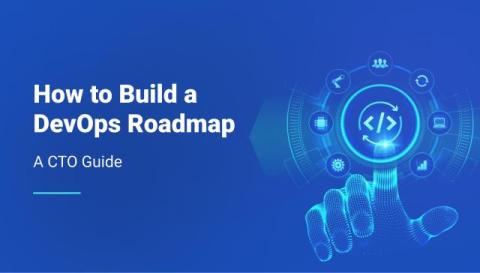With AppNeta, ResultsCX Decreases Network Performance Triage Time by 90%
In order to deliver its differentiated, boutique level of customer care services, the team at ResultsCX has had to navigate some challenges in recent years that teams in many organizations can relate to. The organization relies extensively and constantly on its network connections—and outages and poor performance can be a big problem. This post offers an introduction to the challenges the company was facing, and it reveals how AppNeta by Broadcom delivered the solution they needed.










